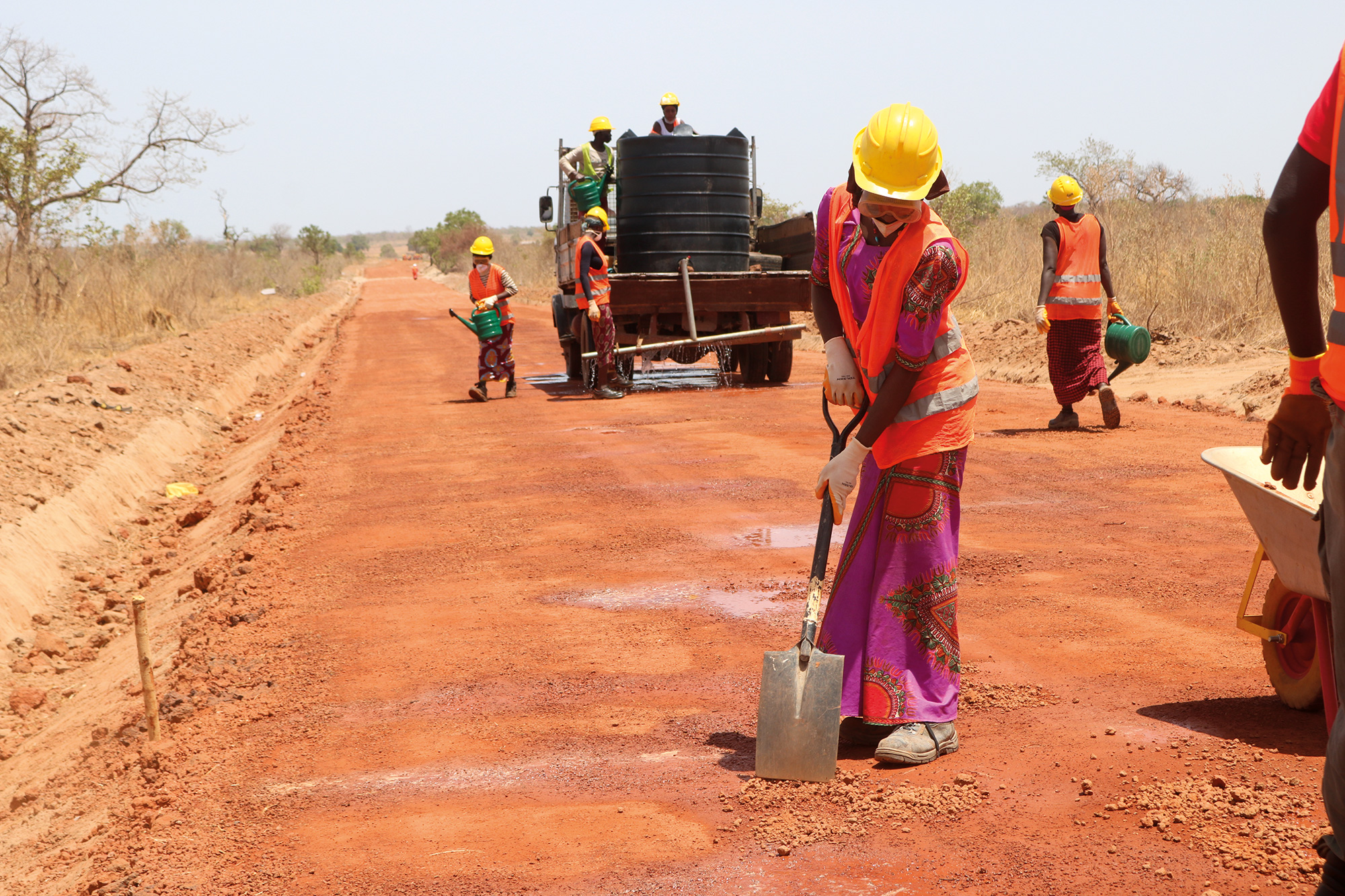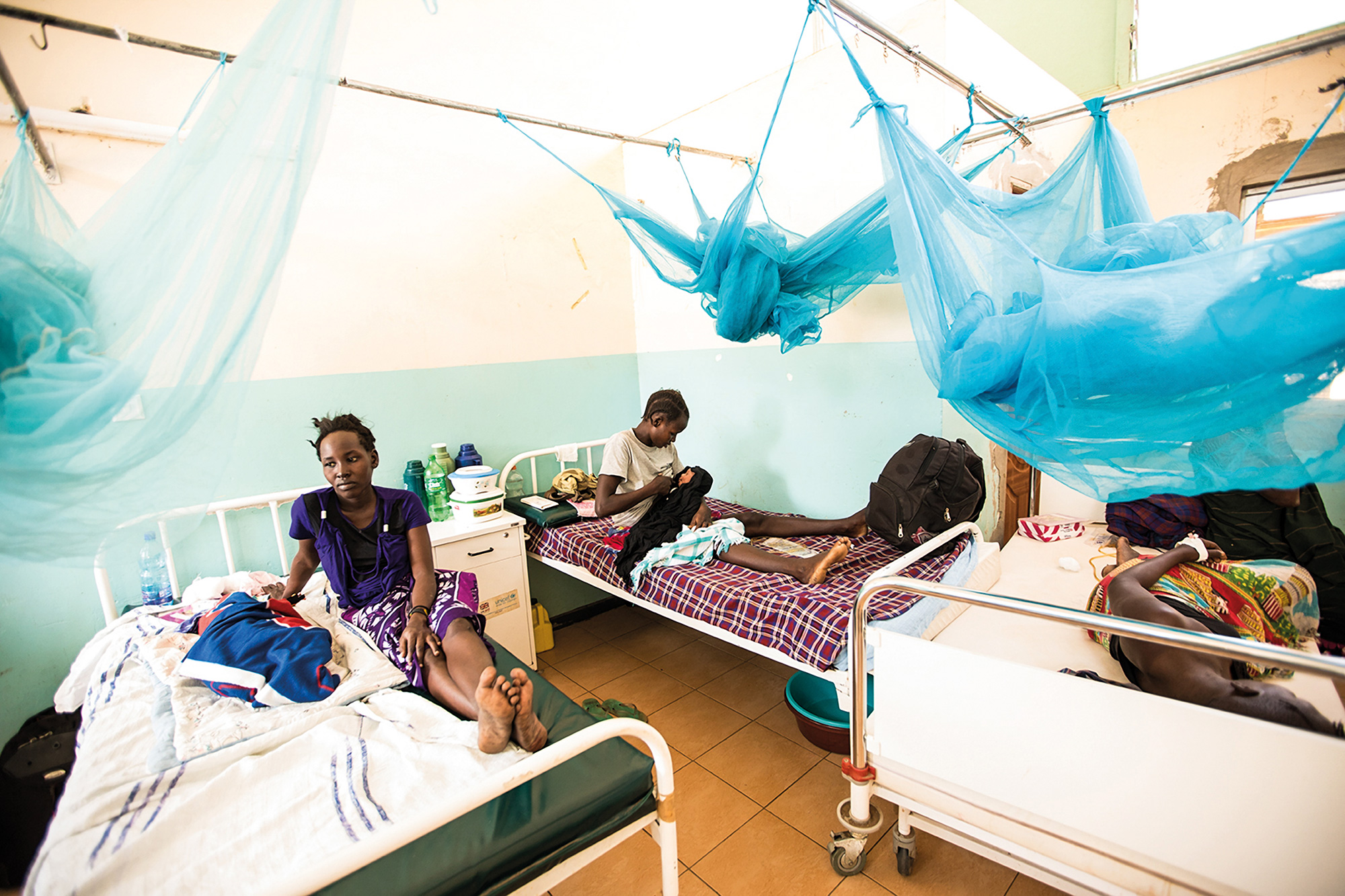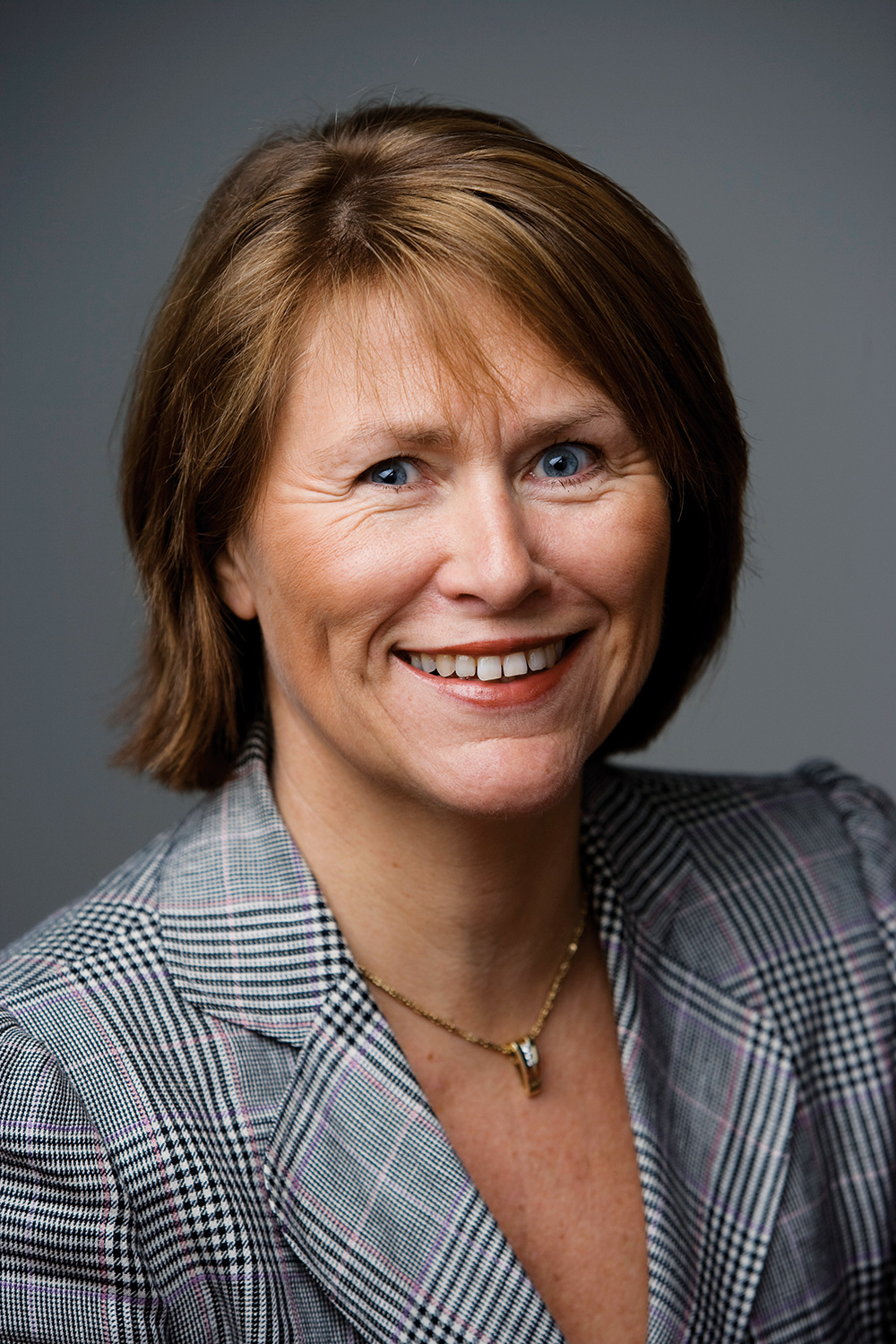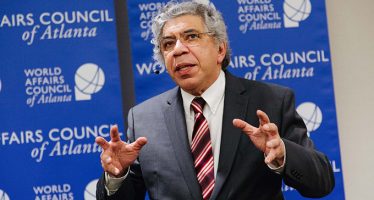UNOPS: Quality Infrastructure is Central to Sustainable Development
By Grete Faremo Under-Secretary-General and Executive Director of UNOPS
As human beings, we go through our lives using infrastructure without really thinking about it. From roads to electricity, water and waste management to telecommunications, the quality of our life depends on the smooth running of infrastructure. It makes it possible for communities to function and thrive. It’s key to providing human dignity and improving everyone’s well-being.

UNOPS is encouraging more women to work in the construction industry as part of a road infrastructure project in The Gambia. Photo credit: ©UNOPS
The organisation I lead, UNOPS, has a mandate in infrastructure. We know, from our experience and research, that infrastructure plays a key role in sustainable development. Last year, research by UNOPS and the University of Oxford found that 92% of the targets that underpin all 17 Sustainable Development Goals (SDGs), rely on quality infrastructure.
Because of its longevity, infrastructure can influence development far into the future, both positively and negatively. If not designed, built and maintained appropriately, infrastructure can lead to adverse social and environmental impacts, be vulnerable to natural disasters or leave communities and countries with unsustainable debt.
Estimates suggest that more than $90 trillion in global infrastructure investment is needed by 2040 to support sustainable development. This is a huge investment. The world has a moral as well as financial responsibility to ensure that the infrastructure we build is inclusive, sustainable and resilient.
Infrastructure systems do not exist in isolation
No infrastructure system exists in isolation. We should not view infrastructure as individual buildings or networks, such as a hospital or power distribution system, but as part of a system that together have great potential to deliver on our global goals.
Take as an example SDG 3, to ensure healthy lives and promote well-being for all at all ages. To access health services, and to be able to carry out medical research, development and training, communities need reliable networks of energy, water and digital communications infrastructure. To limit the spread of diseases, and decrease the risk of maternal, neonatal and child mortality, we need sanitation services through clean water provision and waste disposal.
In rural or remote communities, we may need roads and transport infrastructure to access health services. In an increasingly connected world, digital technologies can help share knowledge, records and results, assisting in recruiting and training health workers, helping manage medical conditions, or quickly getting the information needed to reduce health risks from natural and man-made hazards.
In Ghana, for example, UNOPS works to combat maternal and child mortality. With 36 under-five deaths per 1,000 live births, and a maternal mortality ratio of 319 per 100,000 live births, Ghana is behind global targets to reduce under-five and maternal mortality.
One of the main barriers to improving child and maternal survival rates in Ghana is a lack of access to skilled health professionals, as well as well-functioning health infrastructure and medical equipment. To address this, UNOPS partnered with the Korea International Cooperation Agency (KOICA) to construct and equip a new midwifery training college in the Keta Municipality.
An inclusive approach ensured that the finished facilities met the unique needs of a wide range of people. The project supported livelihoods through the contracting of local workers, firms and suppliers whenever possible. Community perspectives were encouraged at every stage of the planning and implementation process to ensure a sense of national ownership. Today, over 300 students attend the college, a valuable addition to the health facilities in the region.

UNOPS works with partners to reduce maternal mortality and strengthen healthcare services in Kenya. Photo credit: © UNOPS / John Rae
Infrastructure cuts across SDGs
The SDGs are complex with many themes integrated throughout the goals. Gender equality is one such theme. SDG 5 specifically aims to achieve gender equality and empower all women and girls. But gender equality goes beyond SDG 5 and relates to all dimensions of sustainable development.
Infrastructure is key to achieving gender equality. Much of traditional infrastructure is gender-blind, and can create inequalities that last for a long time.
Transport infrastructure designed without attention to women’s needs can expose them to safety and security risks, such as sexual, verbal or physical harassment. If women do not feel safe travelling on public transport or if they feel unsafe in transport stations because they are not adequately lit, they may try to avoid harassment by skipping travel altogether. This could mean losing access to education and job opportunities, potentially limiting their economic growth.
In Pakistan, for instance, lack of safe transport affects women’s employment and education opportunities. Less than a quarter of Pakistan’s women work, and the lack of safe and secure public transport is a reason for this. There, with support for the government of Japan, UNOPS provides women-only buses that help women access education and jobs.
Gender equality considerations should be at the front and centre of development projects. This means considering women not just as the users of infrastructure projects, but as the workforce too. Existing gender stereotypes mean that infrastructure is often viewed as a male-dominated industry. Yet when women work on infrastructure projects, in contexts as different as Afghanistan or The Gambia, our projects have the opportunity to not just provide livelihoods and training, but also challenge stereotypes.
To support infrastructure projects in maximising opportunities to advance gender equality, UNOPS has developed, SustainABLE, a free online tool that identifies and recommends actions to ensure that infrastructure projects are gender-sensitive.
Inclusive infrastructure can open up opportunities
Practical actions, such as those outlined in SustainABLE, are key to ensuring that infrastructure identifies and responds to the needs of all its users. For infrastructure to be inclusive, these actions need to be taken during the planning, delivery, operation and maintenance of projects.
Engaging with all the stakeholders at each phase of an infrastructure project is key, so we can identify everyone’s needs, including those of the most vulnerable users. This can help influence the design of the infrastructure, to ensure that it caters to diverse needs.
Quality infrastructure that is inclusive has the power to open up opportunities for the marginalised and excluded populations, reduce inequality and grow economies.
The extent of the world’s infrastructure needs are huge. With only a decade left to achieve the rightly ambitious SDGs, we have a collective- and urgent- responsibility to ensure that this infrastructure investment does not leave anyone behind. i
About the Author

Author: Grete Faremo Photo ©Torgeir Haugaard
Grete Faremo is the Under-Secretary-General and Executive Director of UNOPS – the UN’s infrastructure specialists. She previously served in the government of Norway and led four ministries in her time there. Prior to joining UNOPS, Ms Faremo was also Director of Law, Corporate Affairs and Public Relations at Microsoft’s Western European Office.
About UNOPS // unops.org
UNOPS mission is to help people build better lives and countries achieve peace and sustainable development. We help the United Nations, governments and other partners to manage projects, and deliver sustainable infrastructure and procurement in an efficient way.
You may have an interest in also reading…
Turning Promises Into Reality – The Business Case for Gender Equality in Achieving the SDGs
By Paula Tavares and Otaviano Canuto As world leaders gathered this month for high-level talks at the 74th United
Oxford University: Asset Stranding Risks in the High-Carbon Sector
The University of Oxford launch a new research programme to help businesses and policy-makers future proof against investments in assets
DESERTEC Foundation Endorses DESERTEC Power for Kingdom of Saudi Arabia
DESERTEC Power was established to advance the energy supply in the Kingdom of Saudi Arabia. This follows the direction of


















































































